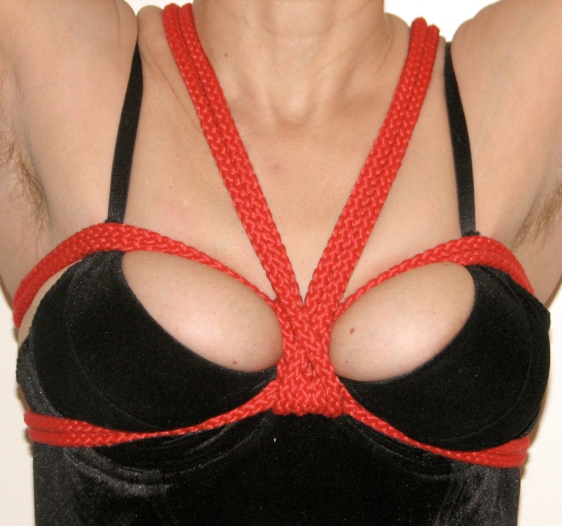I’ve been musing on this subject for a while now. Then Bisexuality Day came along to remind me just what a challenging word this is. We live life as though all is set in stone, and anything ‘outside the norm’ seems to provoke a lot of negative reactions from people.
That’s always seemed alien to me. I love the different, the strange, the unusual. I think I was born that way, and grew up that way because I had parents who raised me to accept difference. We lived in an area of high immigration in the days when we needed people from other countries to come and work in our mills and factories. I played with Muslims, Sikhs and Caribbean children. They accepted us in their homes and we reciprocated. At school I had a friend who was a thalidomide victim. She had a stump for a hand. I never commented on it, and held ‘hands’ in the playground without acknowledging it. I knew it embarrassed her, and I didn’t see the point of bringing it up. In later life I had a polio victim friend. I’d known her a year when she asked my why I’d never mentioned her limp and clumsy footing on occasion. I replied it didn’t matter to me. What mattered was that we liked each other and were friends. She was thrilled and said she’d never met anyone who had resisted asking before.
I’ve never seen the need to reject, insult or judge anyone on the basis of their looks, health issues, sexual preference, sexual orientation or relationship arrangements. Who am I to tell someone else how to live? Of course, there are completely unacceptable behaviors such as murder, pedophilia, rape. They are harming others, and no-one can or would want to condone that kind of behaviour.
I live by the credo ‘Do as you will and harm none.’ Harm none includes myself.
All that said, why are human beings so afraid of difference in each other? We divide and subdivide ourselves into little groups that war with other little groups. Why? I suppose it’s buried deep in the lizard brain to suspect anything we don’t understand and see that as a threat to our survival. We have to work at acceptance. Reason with ourselves. Think before making snap judgements. Remember that underneath that hoodie might be a nice young man who is cold and hungry. We spotted one hoodie getting all excited and concentrating hard on what he was doing at the edge of a roundabout. We watched suspiciously. It turned out all he was doing and getting excited about was photographing a rainbow. How cute is that? So what if someone is into kink or is gay or transgender? Or Black or yellow or whatever. What matters is the personality of the human inhabiting that body. What people do with their sex lives, personal taste and dress code is up to them. You might not like what they wear or do, but tolerance is needed. After all, they might not like what you wear or do, and you expect tolerance at the very least, if not acceptance from the world around you.
I thrive on those differences, use them in my work. And I’m here because I want to write and share some of the contents of my mind, which as you can see is pretty open. So I write. I have a fair whack of experience to draw on, and I think the contents of my mind might entertain people who enjoy BDSM, kinky sex, sex with more than one partner and lesbian sex and more. Who knows where my imagination will go next? I’m working on a new novella right now, and enjoying creating characters who are different. Who like to buck society’s constraints and find their own way to enjoy their kinks. Who have the bravery and strength of personality to be themselves.
Difference gives the opportunity to learn from each other. We can broaden our horizons, learn how different difficulties affect other people and learn solutions for problems we might not have understood previously. Speaking for myself and Fulani, our lives are richer for the people we have met and interacted with.
If I was to meet you, I’d accept you until you did something unacceptable, like treating me badly, abusing my trust or behaving badly to someone else. In other words, I’d be nice to you as long as you were nice to me. Celebrate difference, enjoy meeting interesting-because-they-are-different people, and have as much fun as you want in your sex lives.
I hope you come back to us, enjoy our stories, make use of the information we can gather for you here and enjoy being yourself, a unique individual who celebrates being different!
Whatever or whoever you are, you’re welcome here. Just be nice, please!
VelvetTripp xx
If you’re interested in stories that ARE different, that tickle your imagination in the sex arena, you might like the novellas Fulani and I wrote in Naked Delirium, an anthology of five stories out in illustrated paperback or on Kindle now. They’re tales of sex during altered states, all wildly different to each other and all, we hope you think, great reads. All of our other published work can be found here.

















